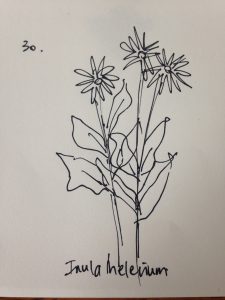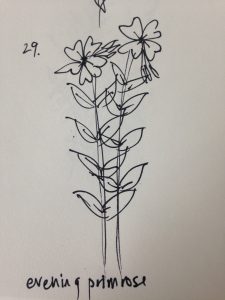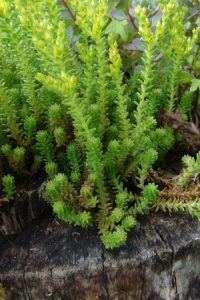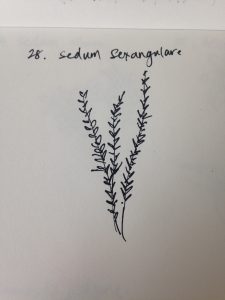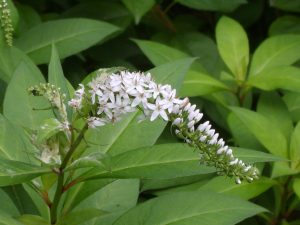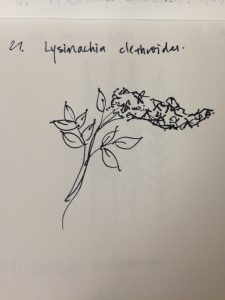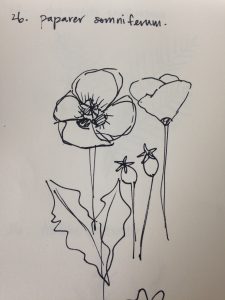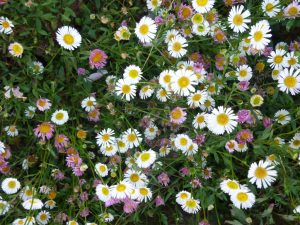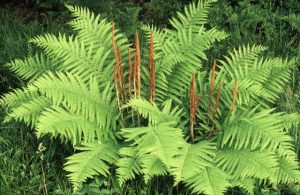
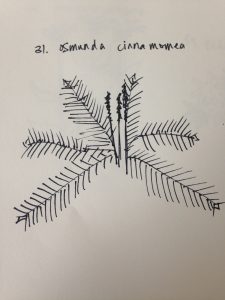
(image from google images)
Common name: Cinnamon fern
Size, form, texture: can reach up to 6 ft in height, robust habit, deciduous fern
Hardiness, origin, native ecology: native to Eastern North America, native plant, likes being near water, or waters edge, will grow in seasonally inundated ground with moisture
Bud, foliage, flower and fruit characteristics: similar foliage to Ostrich fern, but is more densely populated with stems, builds stems quickly, cinnamon coloured fronds emerge from sterile fronds, particularly nice in spring when new growth emerges. Contrast of fertile and infertile fronds attractive in the landscape.
Cultural and maintenance requirements and appropriate uses in the landscape: One of the best behaved of this family, goes well with willows, poplars, and ostrich fern.

